I’m always happy to see flowering and fruiting bonsai at exhibits. Maybe I appreciate the contrast – or maybe I’d simply like to see more of these trees in my collection. Either way, flowering and fruiting bonsai sprinkle a show with color and provide good variety.

Pyracantha – 30 years
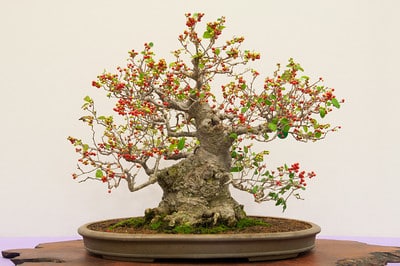
Ilex serrata
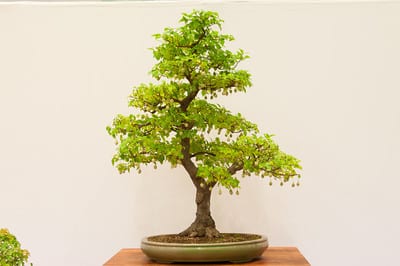
Japanese showbell – 10 years
Although not in bloom, two great satsuki azalea made an appearance.
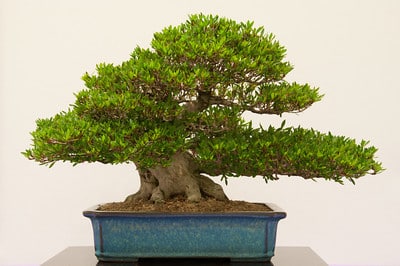
Satsuki azalea, korin – 30 years
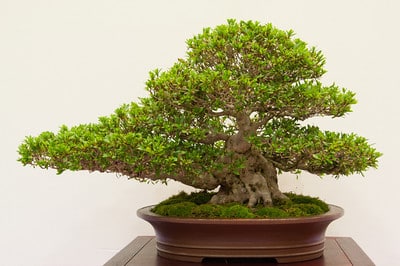
Satsuki azalea, kozan – 35 years
Variegated varieties can also provide contrast to the usual green at exhibits, like the trident maple below.
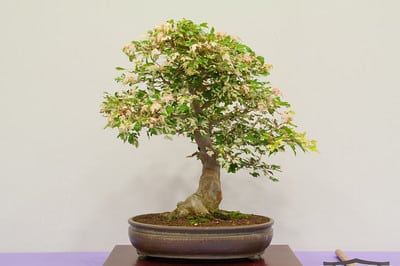
Trident maple – 42 years
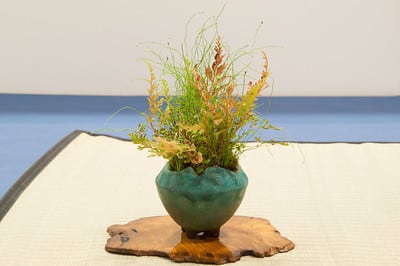
Accent
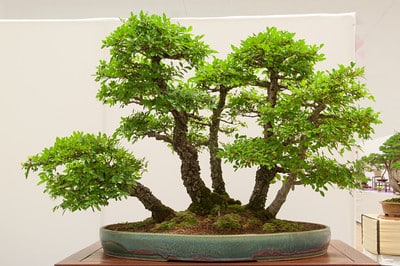
Corkbark elm
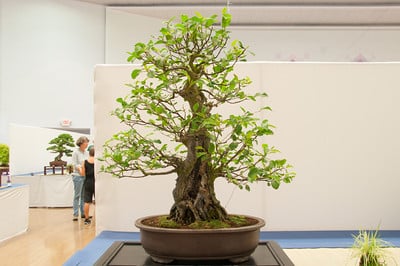
Alder – 104 years
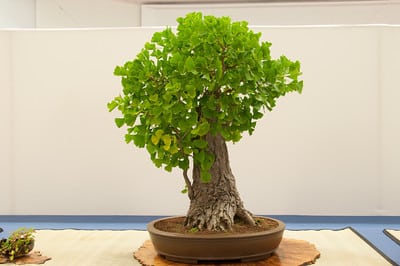
Ginkgo
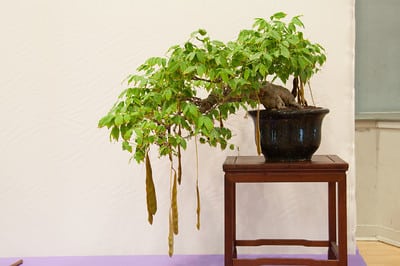
Wisteria – 20 years
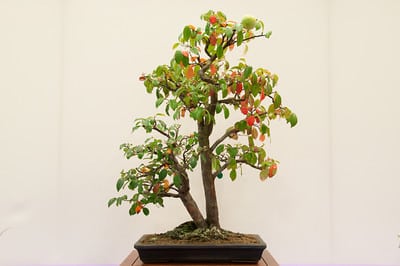
Chinese quince – 42 years
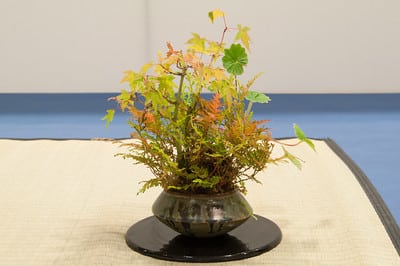
Accent
I really appreciate the signs indicating time in training as this can be fairly unguessable to untrained eyes.
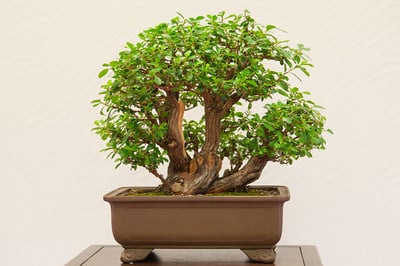
Escallonia – in training since 2012
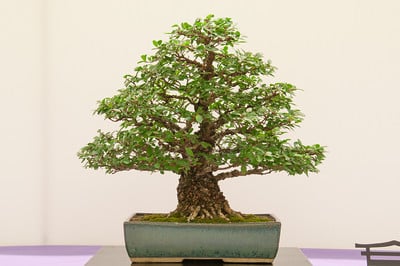
Corkbark elm – in training since 1996
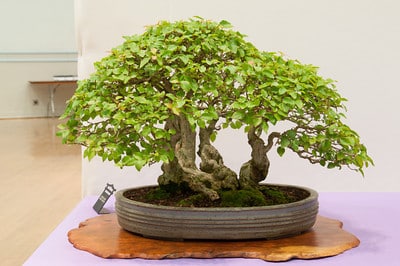
Korean hornbeam
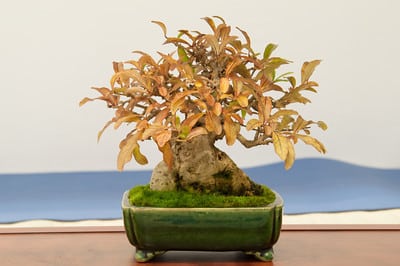
Shohin
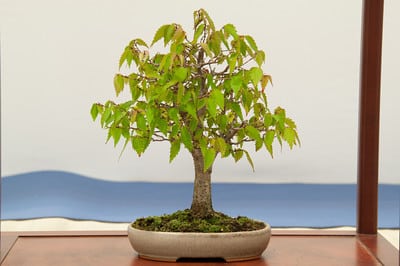
Shohin zelkova
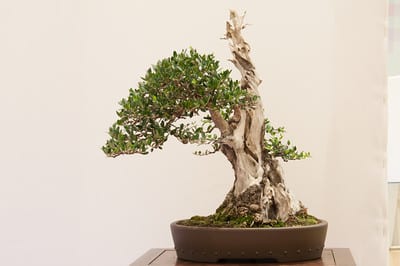
Olive
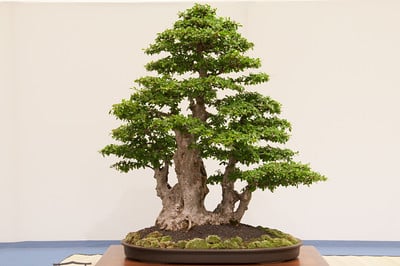
Chinese elm – 13 years
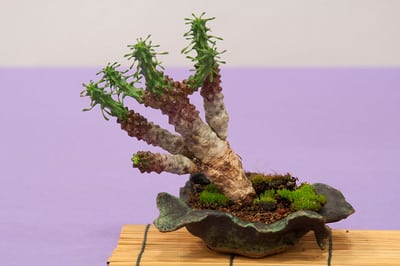
Accent
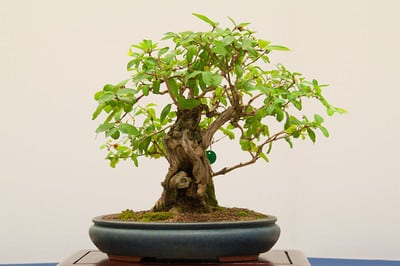
Deciduous variety
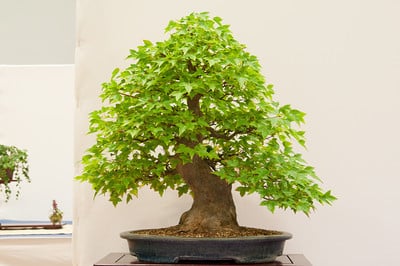
Trident maple
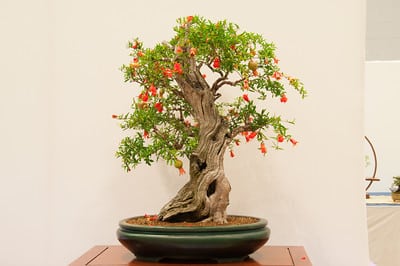
Pomegranate
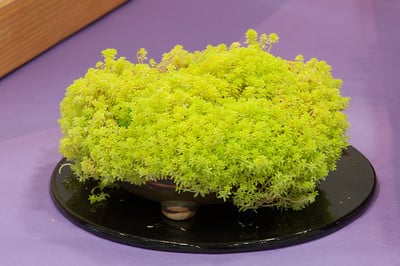
Accent
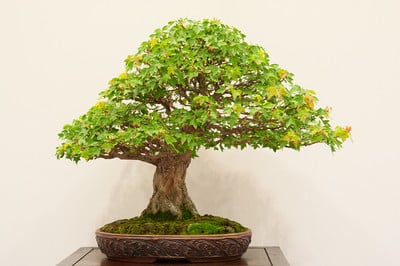
Trident maple
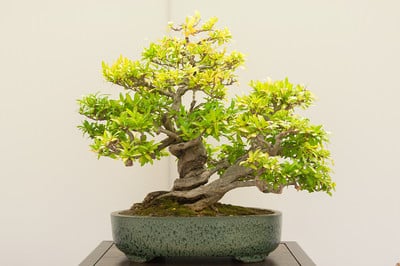
Pomegranate
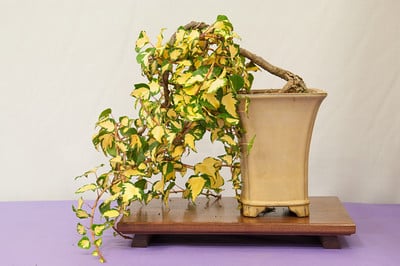
Vine
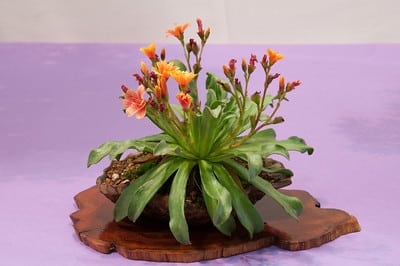
Lewisia
Subscribe to Bonsai Tonight
New Posts Delivered Every Tuesday and Friday
John Demaegd says
I’ve never seen a variegated trident maple? I am a big fan of the hybrid variations of conifers that Iseli nurseries have come out with and have been growing quite a few for some years now, some with Bonsai aspirations others as ornamental s.
Maria sargent says
I was disappointed to see that more of the trees were not labeled. I also saw a table at the show with quite a few of the labels that were never put around the trees.
Cori (@coconuthibiscus) says
Wonderful! Thanks for sharing these photos! The Ginkgo and the Ilex serrata are my favorites and I’m a fan of flowering and fruiting bonsai as well!